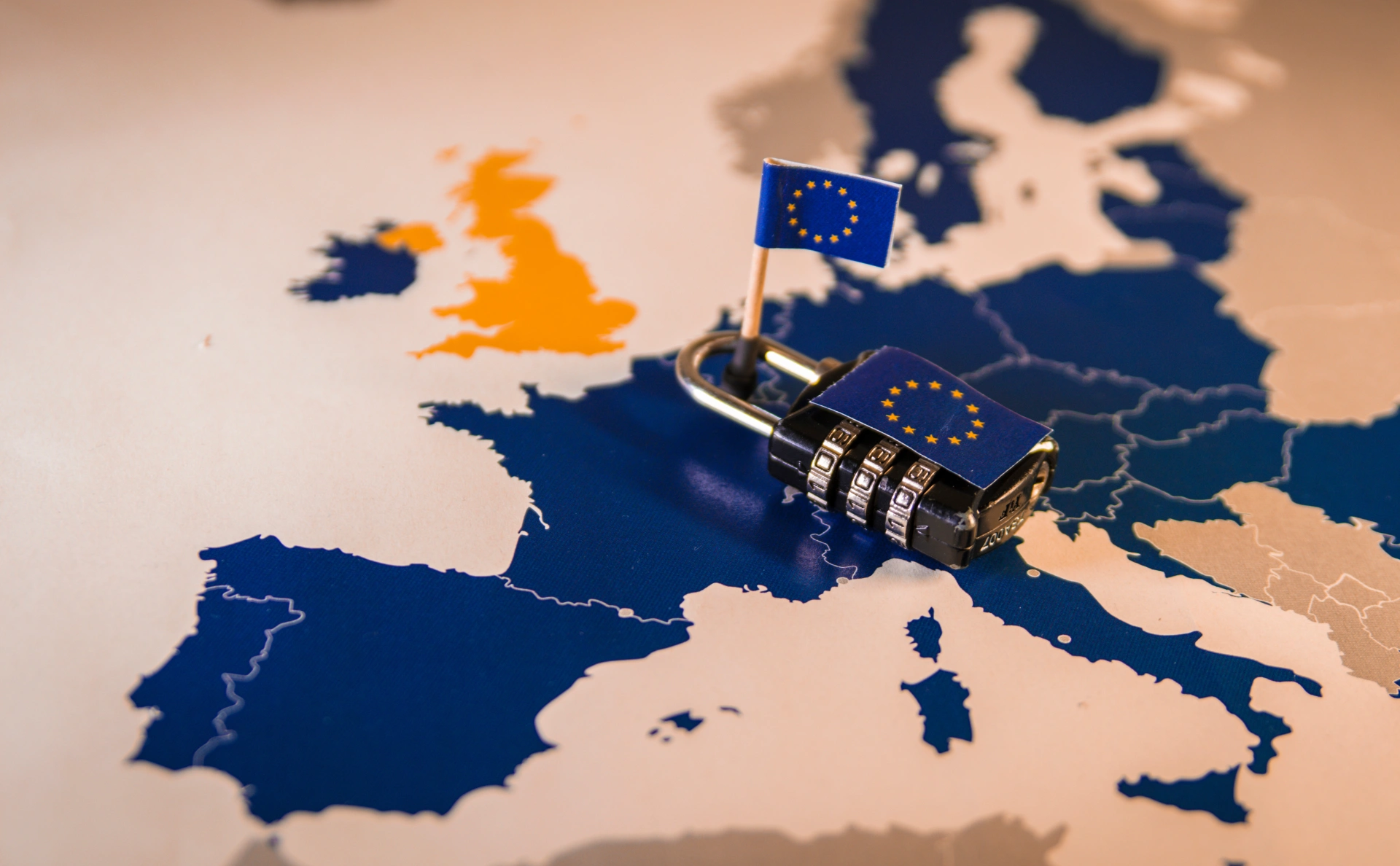Indicators and
Redesigning cities:
Strategy, innovation, and collaboration.
Urban management and innovation through metrics and dashboards.
In the era of digitization and smart cities, metrics and dashboards have emerged as vital tools for visualizing progress and guiding urban policy.
They allow city leaders and citizens to have a clear perspective of the city’s current state and areas of opportunity while establishing a bridge between long-term goals and daily actions.
The essence of indicators and their reflection in dashboards
Indicators are not just numbers; they are the quantitative representation of the health and progress of a city. They provide an objective measure of everything from transportation efficiency to air quality. But what good is having data if it cannot be correctly interpreted?
This is where the scorecard comes into play. This visual tool transforms data into valuable information, allowing those responsible for making informed decisions and the public to understand and evaluate municipal management.
Standardization of Indicators in Smart Cities
As more cities adopt smart approaches, a common language becomes imperative. Standardizing indicators guarantees that the metrics used in a city are comparable with others, promoting the adoption of best practices and allowing objective evaluation of progress.
A Smart City with standardized indicators benefits from more efficient internal management and facilitates collaborations and comparisons with other cities, promoting collective progress toward sustainability and innovation.
Case studies
We use Greek letters in our use cases to keep the names of our clients confidential.
News
Does it match your approach?







